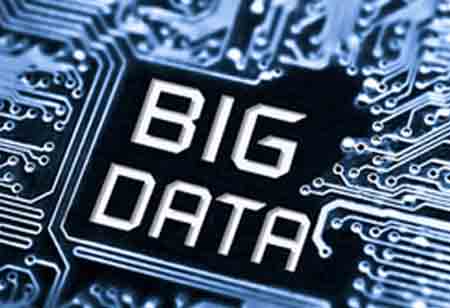THANK YOU FOR SUBSCRIBING
Key Big Data Analytics Trends to Look Forward to
With advanced technologies and other data sources, it is important to stay prepared using a flexible data platform that will automate and integrate all the data sources and types at scale.

By
Apac CIOOutlook | Wednesday, August 26, 2020
Stay ahead of the industry with exclusive feature stories on the top companies, expert insights and the latest news delivered straight to your inbox. Subscribe today.
With advanced technologies and other data sources, it is important to stay prepared using a flexible data platform that will automate and integrate all the data sources and types at scale.
Fremont, CA: Data and information has become an integral component of organizations. Data initiatives like integration in the cloud and governance are also on the rise along with the growth of trends like machine learning, IoT, and big data. These technologies have prompted for integration demands, cost optimization, better analytics and insights, and data sources for organizations.
Here are the top big data trends gaining traction:
Cold Storage and Cloud Cost Optimization
Migrating data warehouse to the cloud is inexpensive compared to on-premise build. However, cloud systems can be further cost-optimized, and organizations are now turning to cold storage solutions. For instance, parking old and unused data in cold storage can save organizations up to 50 percent on storage costs and allowing for more capital to invest in data activities that can produce ROI.
Augmented Analytics
With augmented data, systems can utilize artificial intelligence and machine learning to indicate anticipated insights. This will become a popular feature for analytics and business management and data preparation. When consolidated with natural language processing, it enabled interfaces that users can query their data with normal speech and phrases.
Data Storytelling and Visualization
With the increasing usage of cloud-based data integration tools and platforms, it has created a more unified approach to data, allowing more employees to have the skill to produce relevant and precise stories with data. With enhanced integration tools to solve organizations' data silo, data storytelling will become more relevant to business outcomes and more trusted by the C-suite.
Utilizing Dark Data
Dark data is mostly recorded and stored for compliance purposes only, which takes up a lot of storage with being monetized by analytics to gain a competitive edge. The organization will soon focus on this data by digitizing analog records and items and incorporating it into the data warehouse.
IoT and Digital Twins
The emergence of IoT has enabled organizations to address and make sense of the enormous amount of data that could not have been done with traditional warehouse data.
Digital twins are powered by real-time data collected by sensors that digitally replicate people, places and systems, and physical objects. This virtual model will have to be integrated into a modern data platform to capture all the data's value. It uses an automated data integration solution that interacts in de-duplication, unifies disparate and unstructured sources, and data cleaning.
See also: Top Artificial Intelligence Companies





